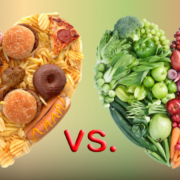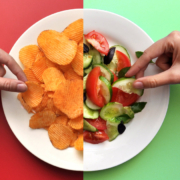Research Update: Ultra-Processed Foods
Ultra-processed food (UPF) has been in the news again with several research papers published in the last few months. After I read the press releases as well as several articles by health columnists, I found and read the research papers. I’ve narrowed it down to three questions about UPFs plus my own question, which I’ll save for the final memo in this series.
Let’s begin with a working definition of ultra-processed foods: substances extracted from foods that are altered chemically or mechanically, combined with flavor enhancers and other additives, and formed into consumer products that are highly palatable. They are generally high in calories and appeal to every taste sensation humans possess. The manufacturing techniques themselves can change the structure of the original component and include extrusion, molding, and preprocessing by frying. Simply stated, UPFs are designed to be irresistible to eat and keep eating; if you’ve ever been handed a bag of Cheetos, you know what I mean.
The first question is simple: Do UPFs in the diet contribute to an increase in calorie intake? The answer is yes. Population studies of nutritional intake have demonstrated that countries where UPFs are available show additional caloric intake when compared with people who have low intake of UPFs. These studies are based on food frequency questionnaires, which are not my favorite way to analyze diets, as I’ve said repeatedly.
However, the increase in caloric intake in well-controlled studies where people are offered a UPF-based diet was found to be up to 500 calories per day more than on a diet that doesn’t contain UPF foods. It seems clear that eating UPF foods can result in extra calories. I’ll tackle the next question on Saturday.
Tomorrow night is the Insider conference call. If you want to participate, simply sign up as an Insider no later than 8 p.m. Eastern Time.
What are you prepared to do today?
Dr. Chet
References:
1. Food Funct. 2016 May 18;7(5):2338-46. doi: 10.1039/c6fo00107f.
2. Food Funct 2017 Feb 22;8(2):651-658. doi: 10.1039/c6fo01495j.3. https://doi.org/10.1016/j.cmet.2019.05.008









